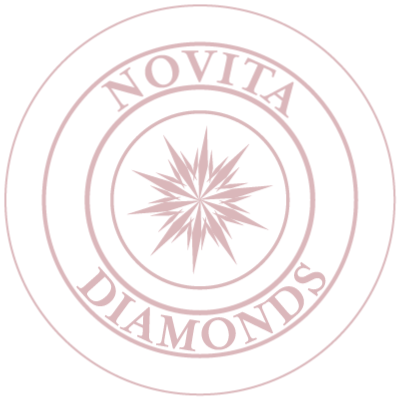BOOK AN APPOINTMENT


Crystallized pure carbon
Mohs hardnes Scale 10
Certified by Gemological institutes
Colour and Clarity Are permanent
Sustainable And ethical
Excellent value
Diamond tester test
Misinformation abounds when it comes to the topic of the two methods of diamond growth, CVD and HPHT. The argument of which one is better is often fueled by deliberate spread of false information. However, the information provided by these companies and media sources on the topic of CVD vs HPHT diamonds is confusing and inconsistent, making it difficult to distinguish the truth. Why does the information differ within the industry from different companies?
It's no surprise that the information regarding these growing methods varies from source to source, as companies often have a specific narrative they want to push. They may cherry-pick information that supports their view and present it in a way that benefits their interests. For example, one global company recently proclaimed that CVD was the superior method of growing diamonds, while a US-based company is promoting HPHT as the better option. These companies are misleading their customers by presenting biased information, only to increase their profits.
The fact is, both the CVD and HPHT methods of growing diamonds can produce diamonds of all colors, clarities, and sizes, ranging from those that are low quality and unmarketable to those that are stunningly perfect. However, the labs that create the diamonds are engaged in a hidden competition, and will say whatever it takes to promote the method that is most profitable for them and allows them to sell more diamonds. This can include offering better deals on one method over the other to influence customer purchases.
For the average customer seeking to determine which method of growing diamonds, CVD or HPHT, is better, the straightforward answer is that there is no difference. Both methods can produce diamonds that are optical, chemical, and physically identical to diamonds grown in the earth. It is impossible to distinguish between an HPHT diamond and a CVD diamond by any means.
While we could delve into the technical differences between the two methods, many experts in the field believe that such a discussion would be a fruitless exercise.
Instead, we will provide practical and easy-to-follow advice based on our extensive experience in the industry.
Our advice is straightforward: when selecting lab grown diamonds, focus on getting the most value for your money. Therefore the following instructions are crucial for getting the best lab diamonds.
Opt for the largest diamond that fits within your budget while prioritizing high color and good clarity. For clarity, aim for SI1 or higher, which is considered "eye-clean". For emerald cuts, we suggest going for a clarity grade of VS2 or higher. By following these guidelines, you can be confident that you will make the right choice. The method used to grow the diamond (CVD or HPHT) will not have any impact on the appearance or quality of the diamond, so you can be sure you will be satisfied with your selection.
For related search terms for similar articles, you can use any of the following search terms: HPHT vs CVD, CVD vs HPHT, CVD vs HPHT diamonds and HPHT diamond vs CVD.